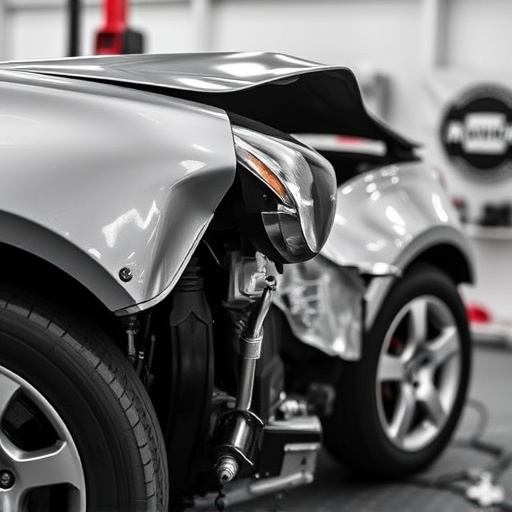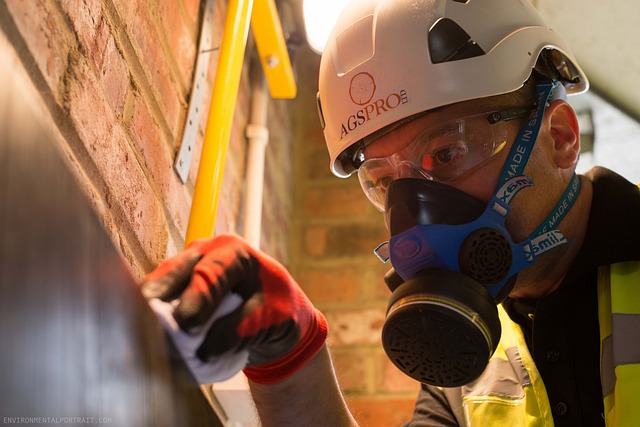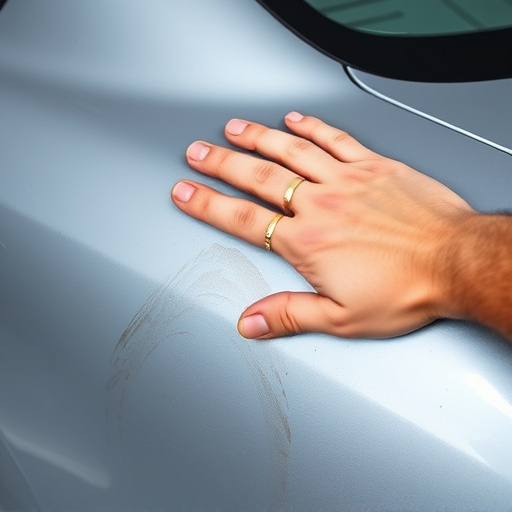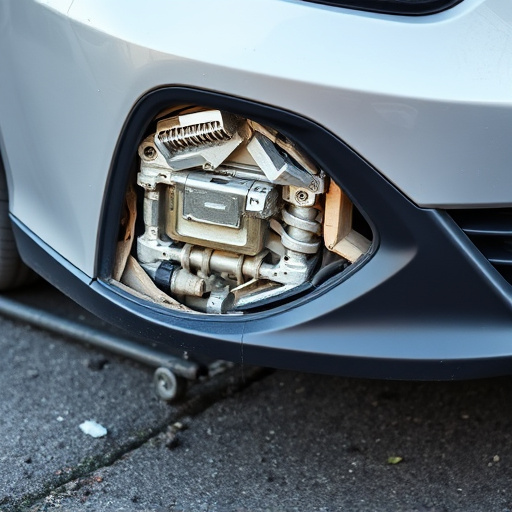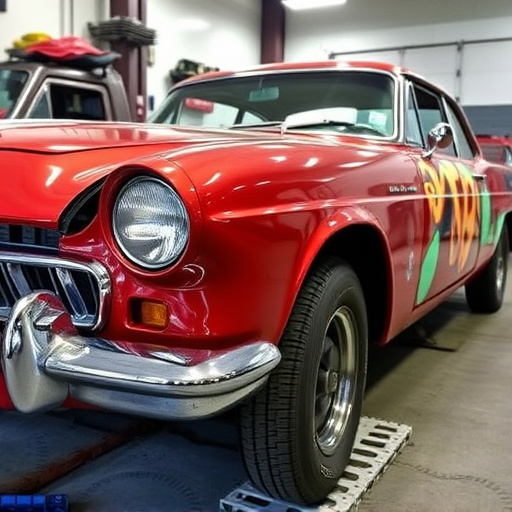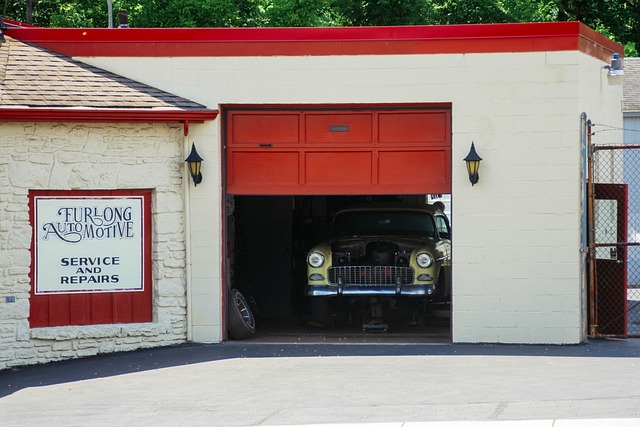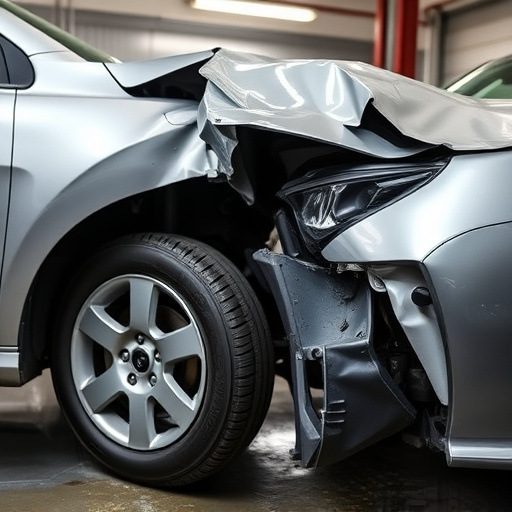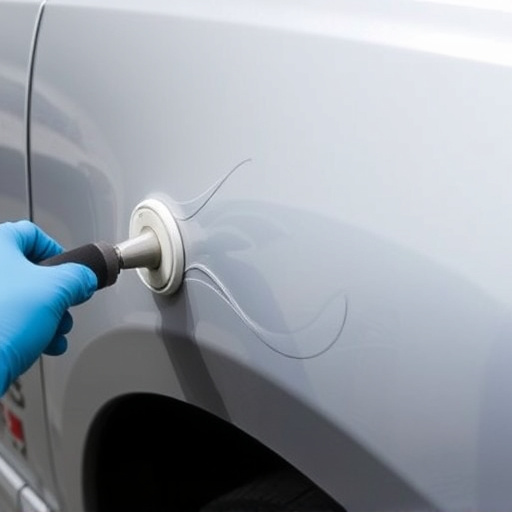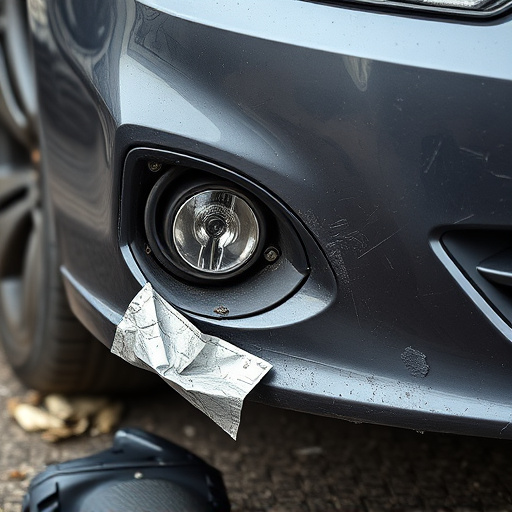Frame rail replacement is a critical process for auto repair shops, impacting vehicle stability and performance. Advanced tools like robotic welding and CAD software have revolutionized this procedure, increasing accuracy and reducing costs, allowing for quicker turnaround times and higher customer satisfaction. Post-replacement techniques streamline access to frames and damage assessment, optimizing body repairs, tire services, and dent removal, ultimately enhancing shop productivity and client relationships.
Frame rail replacement is a critical process in vehicle repair, influencing shop efficiency significantly. This article delves into the profound impact of replacing this essential structural component, exploring its significance in modern automotive repairs. We’ll guide you through the streamlined process, utilizing advanced tools and techniques, and highlight how shops can measure improved productivity post-replacement. By understanding these key aspects, mechanics can enhance their workflow and overall efficiency.
- Understanding Frame Rail Significance in Vehicle Repairs
- Streamlining the Replacement Process: Tools and Techniques
- Post-Replacement: Measuring Improved Shop Productivity
Understanding Frame Rail Significance in Vehicle Repairs

The frame rail is a critical component in any vehicle’s structure, acting as the backbone that supports the entire car body. Its significance in vehicle repairs cannot be overstated, as it plays a pivotal role in ensuring structural integrity and safety after an accident or during routine maintenance. A sturdy frame rail is essential for aligning wheels, suspending the vehicle, and bolstering the chassis. When considering a frame rail replacement, repair shops must recognize its impact on overall vehicle stability and performance.
In the realm of automotive restoration, understanding the intricate details of frame rails is paramount. Skilled technicians employ advanced techniques like precision measuring and computer-aided design (CAD) to ensure accurate replacements. This meticulous process not only involves straightening bent or damaged rails but also addressing any associated issues with suspension, steering, and alignment. Efficient frame rail replacement practices streamline repair shop operations, enabling them to deliver high-quality services, including effective vehicle paint repair and meticulous dent removal, thereby enhancing customer satisfaction in the process.
Streamlining the Replacement Process: Tools and Techniques

The success of a frame rail replacement significantly hinges on the efficiency of the process. Advanced tools and techniques play a pivotal role in streamlining this critical car repair shop procedure. Modern technology has revolutionized frame rail replacement, making it faster and more precise than ever before. Specialized equipment, such as robotic welding machines and computer-aided design software, ensures that every angle and measurement is perfect, reducing errors and the need for costly rework.
These innovations not only enhance the accuracy of the repair but also free up valuable time in body shop services. Skilled technicians can now complete frame rail replacements with greater speed and efficiency, allowing them to handle a higher volume of vehicles. This, in turn, benefits customers who receive their repaired cars back sooner, contributing to overall satisfaction and positive feedback for the shop’s scratch repair capabilities.
Post-Replacement: Measuring Improved Shop Productivity

Post-frame rail replacement, repair shops experience a notable surge in overall productivity. With improved access to vehicle frames and easier damage assessment, technicians can now efficiently tackle car body repairs with enhanced speed and precision. This leads to reduced turnaround times for customers, allowing the shop to accommodate more clients without compromising service quality.
Additionally, the streamlined process enables employees to focus on specialized tasks, such as tire services or car dent removal, further optimizing their skills. As a result, the repair shop can handle a broader scope of automotive needs, increasing customer satisfaction and fostering long-term relationships with clients who appreciate the convenience and efficiency of these upgraded facilities.
Frame rail replacement, while seemingly a specialized task, significantly impacts repair shop efficiency. By understanding the importance of frame rails in vehicle repairs, adopting streamlined tools and techniques, and measuring post-replacement productivity, shops can enhance their operations and better serve customers. This strategic approach ensures that frame rail replacements are not just effective but also contribute to overall workshop productivity, making it a key step in modern automotive maintenance practices.

